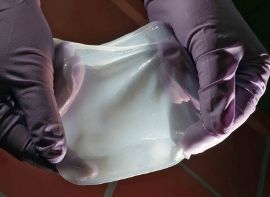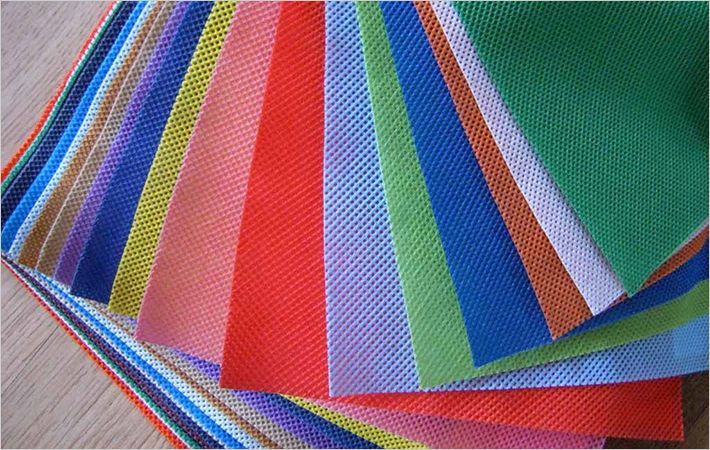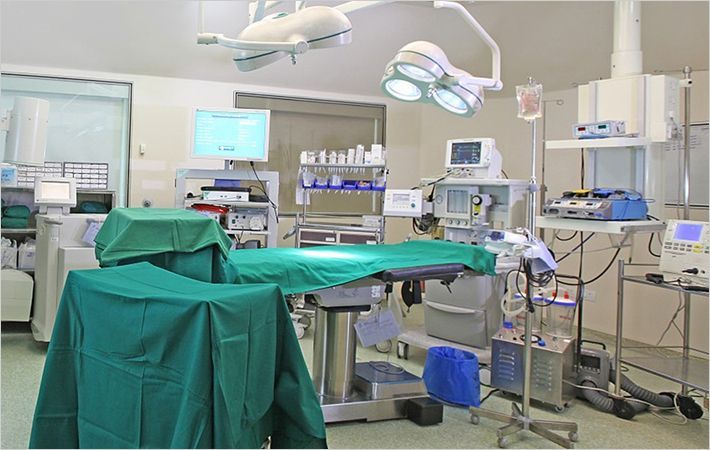
For example it is possible to produce a spider silk film and / or spider silk foil by means of a diluted silk solution. This innovative production technology makes it possible to adapt and control the form of silk proteins as required and opens up use of the first silk products in industry and technology.
Human tolerance to spider silk proteins is very good making it conceivable to use them for cosmetics, medical implants and suture material. At the Hannover Medical School (MHH) investigations are also being carried out into using the silk from the golden orb-weaver spiders of Tanzania to grow artificial skin.
In this programme AMSilk is using 24-well cell culture plates that selectively have been given a thin silk coating or contain an open pore foam matrix of spider silk. In addition limited numbers of 24-well plates are available with inserts made from spider silk non-wovens. Since February 2013 AMSilk has been offering all research kits with a research licence included.
Professor Thomas Scheibel explains: “The technology platform we have developed is the first time in the world it has been possible to establish products on the basis of spider silk proteins. It is conceivable that it will not be long before you find bio-tech spider silk products on the market.”
There are also new developments in what are known as cellulose fibres. The exceptional properties of these fibres are based on biological processes that have not previously existed in this form. The cellulose fibres are almost exclusively of vegetable origin. An alternative bio-based manufacturing concept uses microbes to transform glucose into cellulose as part of a fermentation process.
This results in nano-scale fibre material with properties that are clearly different from those of its vegetable origin. Nanocellulose fibres have a diameter of less than 100 nanometres and a length of a few micrometres. The individual fibres are very strong relative to their mass and crosslink to form strong webs. As a result they have a very large surface area which makes them extremely reactive.
Nanocellulose uses inorganic, organic and polymer materials to form physicochemical compounds. This makes it extremely interesting for the automotive industry as a reinforcement material for the manufacture of high strength polymer compounds with similar strength properties to those of metallic components.

